Know Linux and install CentOS
Know Linux:
Linux is an open source and free operating system because it is stable and secure and is widely used on servers. Before Linux was born, there was an operating system called Unix. Unix was first developed by KenThompson, Dennis Ritchie and Douglas McIlroy in 1969 in AT&T Bell Labs.
At that time, because Unix was registered as a trademark, it began to charge. The cost was equivalent to a computer at that time, so individuals, small companies, and students could not use this operating system. Then a group of IT geeks, engineers, and enthusiasts thought To have a free, open source, and free environment for software and systems, the GNU Project was initiated. The GNU Project was publicly launched by [Richard Stallman] (https://baike.baidu.com/item/%E7%90%86%E6%9F%A5%E5%BE%B7%C2%B7%E6%96%AF%E6%89%98%E6%9B%BC) on September 27, 1983 [Free Software] (https://baike.baidu.com/item/%E8%87%AA%E7%94%B1%E8%BD%AF%E4%BB%B6) Collective collaboration plan. Its goal is to create a completely [free] (https://baike.baidu.com/item/%E8%87%AA%E7%94%B1) operating system [GNU] (https://baike.baidu.com/item/GNU). A few years later, Professor Andrew S. Tanenbaum of the Computer Science Department of Vrije University in Amsterdam, the Netherlands, in order to teach students the practical details of operating system operations in class, decided to develop a UNIX-compatible system without using any AT&T source code. Operating system to avoid copyright disputes. He called it MINIX with the meaning of mini-UNIX (mini-UNIX). MINIX was first released in 1987, open all [source code] (http://baike.baidu.com/item/%E6%BA%90%E4%BB%A3%E7%A0%81) to university teaching and research work. In 2000, it was re-licensed to BSD and became free and open source software.
After Minix was widely used in teaching at the time, Linus Torvalz, a university student in Finland, developed the kernel of the Linux operating system based on Minix, so Linux was developed based on Minix, and Minix indirectly derived from Unix. Linus Torvalds released the kernel of the Linux operating system to comp.os.minix for others to download. In 1993, about 100 programmers participated in the Linux kernel code writing/modification work, of which the core group consisted of 5 people. At this time, the Linux 0.99 code was about 100,000 lines and there were about 100,000 users.
Since the development of Linux, there are many distributions, the most common distributions are: RedHat, CentOS, Ubuntu, Debian, etc. RedHat is widely used in domestic enterprises. CentOS is derived from RedHat and has a high similarity with RedHat, so most individuals use CentOS to learn.
**CentOS installation: **
**To install CentOS, you need to download a VMware Workstation Pro virtual machine software and download an ISO disc image of the CentOS system, which can be downloaded on the official website. **
**CentOS system ISO CD mirror official website download address: **
https://www.centos.org/download/
Create a new virtual machine after the above preparations are completed:
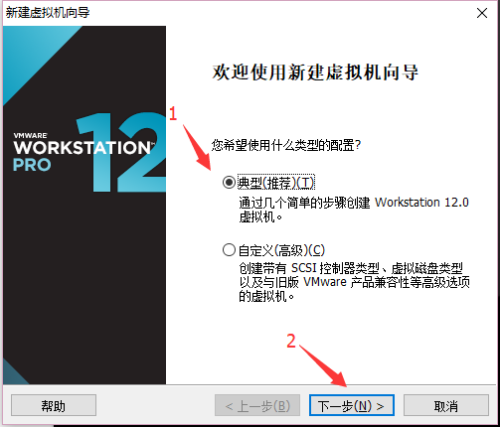
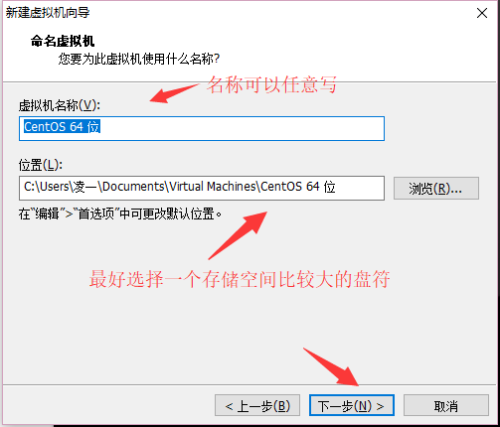
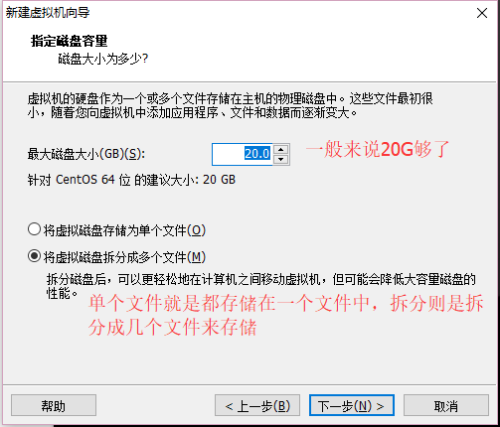

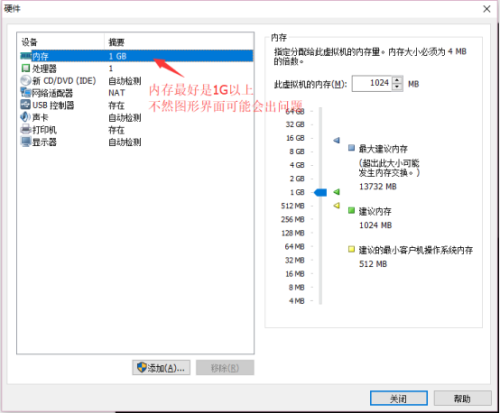





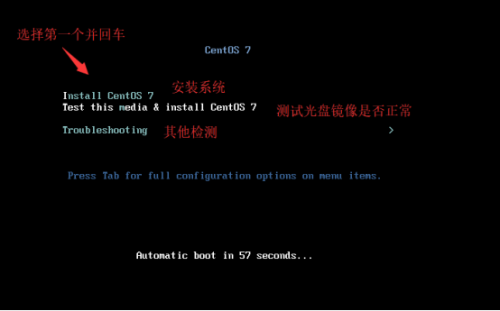

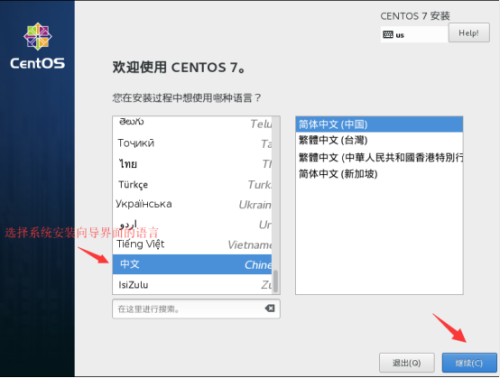


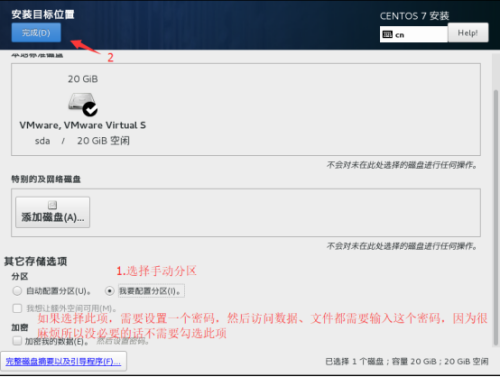

First partition boot. Boot is a boot-related directory. In Linux, there is no drive letter, only file directories. These system file directories are equivalent to Windows drive letters:

Then partition swap, which is a swap partition, similar to a Windows virtual disk. The purpose is to take out a part of the physical disk when your memory is not enough, and temporarily put the useless data in the memory on the disk. When dividing this partition, generally It is twice the amount of memory, but if the memory is greater than 4G, it is best to only divide 8G.
Then allocate the remaining capacity to the root directory, and there is no need to fill in the capacity in this step:
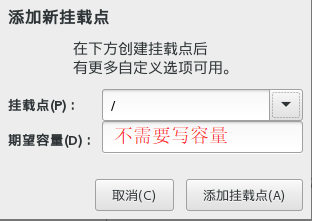
Then allocate the remaining capacity to the root directory, and there is no need to fill in the capacity in this step:

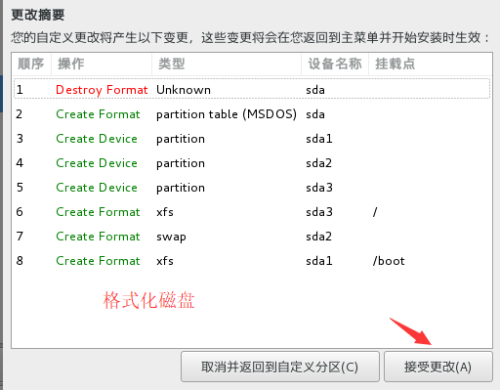
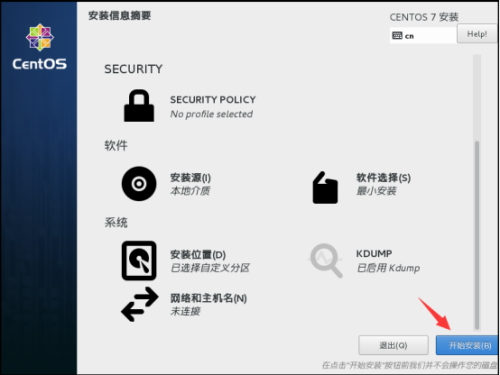
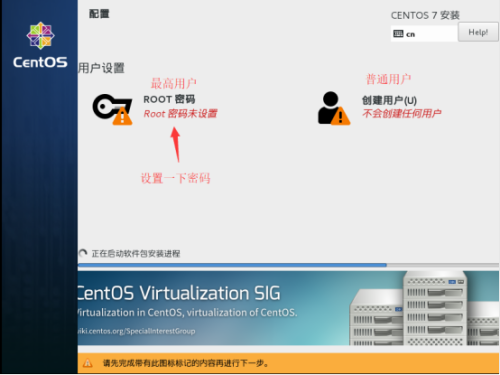

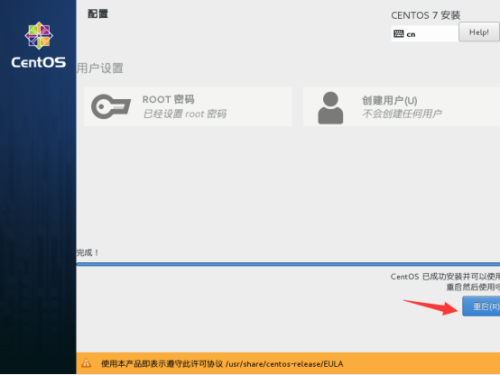
After the installation is complete, enter the root account and password to log in after restarting:
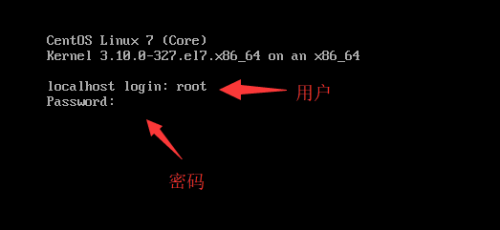

Recommended Posts